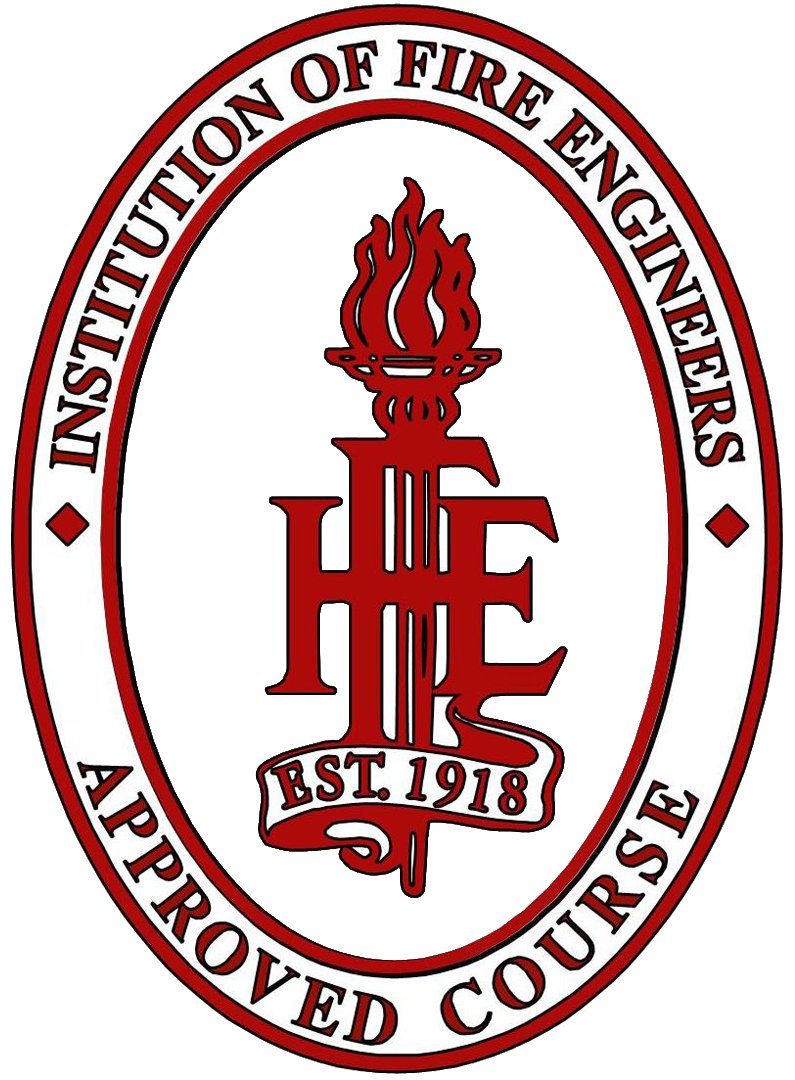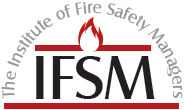Fire Safety Guide Guest Houses,Bed and Breakfasts (B&Bs),
Self-Catering Accommodation.
If you provide any guest accommodation you will have to comply with the Regulatory Reform (Fire Safety) Order 2005. If you have any paying guests, even in your own home, you must comply with the law on fire safety and carry out a Fire Risk Assessment.The majority of fatalities are within domestic type of buildings.
If your premises are similar to a family home, the fire safety precautions required are likely to be simpler than those required for larger premises with more complicated layouts and staff.However, there is no absolute definition of ‘small’ premises.If your premises are larger than a family home, or include long (more than 12 metres), unusual or complicated routes to the fire exit, you will probably need to consider a more sophisticated fire system. This will be considered during the Fire Risk Assessment.
A Fire Risk Assessment is required by law. The objective of a risk assessment is to reduce the risks and plan how to keep people safe if there is a fire.If you fail to do this, you are putting your guests, your property and your business at risk. You may be inspected by the Fire Service,as part of its responsibility to enforce the law or, someone staying with you or working for you may report you to them if they feel at risk.
The Fire Service usually carry out inspections of premises in their area according to the risk they pose. Any building that has people sleeping in it is likely to be considered a high risk. The Fire Service will want to know that you have carried out a risk assessment and that the fire safety arrangements you have put in place are adequate.
There is likely to be a range of prevention and protection measures possible in individual premises. We will consider any hazards found , the risks to, and the needs of, those staying or working there, and the character of the building. For example, what may be appropriate in a modern self catering building is unlikely to be the same as for a 250-year Coach House.
Premises similar to a family home (i.e. two or three storeys) are likely to require an automatic fire detection system that runs from the mains electricity (with battery back-up) and consists of interconnected detectors.Detectors will be required to cover staircase,corridors and bedrooms. This (technically known as a Grade D LD2 system) has been designed for domestic premises.In the very smallest accommodation (no more than two storeys) which only has two or three guest bedrooms and short travel distances to a outside place of safety, a connected system of detectors with a 10-year battery, or radio interlinked detectors may be adequate.(Technically, this is known as a Grade F LD2 system). The type of system required will be advised at the time of the inspection.
A heat detector in the kitchen should be linked to the rest of the Grade D or Grade F system. Whatever system is installed, regular tests are required and records kept.The sound level should be 75Db at the bedhead. Similar systems,based on vibration units and flashing lights, are available to protect people with hearing difficulties.
One extinguisher on each floor near the stairs and a fire blanket in the kitchen should be adequate in most small premises.All extinguishers must be regularly serviced.
All guests must be aware of the fire emergency plan.This could include instructions on the back of their bedroom door and information in a welcome pack.You should tell everyone to leave the building immediately by the identified route when they hear the alarm. You should plan to phone the Fire Service from outside the premises. All escape routes must be unobstructed and have suitable linings/compartmentation. An escape route includes any rooms,corridors and stairs which lead to the final exit from from the building.You should keep all doors which open on to escape routes closed, especially at night. This is very important within the kitchen. If you leave doors open, it is less likely you will escape safely, even if the room has a fire detector.Although self-closing devices are a good way to make sure doors are closed, they can impact on the appearance and affect how you use the premises. If you decide these would be unsuitable, ‘in-frame closers’ or rising-butt hinges may be acceptable alternatives. Doors need to be strong enough to hold back smoke and fire long enough to give you time to escape. Advice will be given with regard to the standard of doors required for example FD30s doors may be required with intumescent strips and cold smoke seals.For small premises, a reasonably solid timber door that fits well into its frame could possibly be adequate.
Any internal hollow ‘egg-box’-type door would not offer adequate protection and should be replaced.Exit doors, such as the front or back door, should always be easy to unlock and must not need a key to unlock from the inside. A simple Yale-type latch or thumb turn is usually adequate.
Normal light switches should be easy to find. If a fire disables the normal inside lighting, consideration must be given whether any ‘borrowed lighting’, for example from nearby street lamps, would be adequate to allow people on the premises to exit safely.Advice will be given to any emergency lighting requirements
Escape Signage may be required. In small premises the escape route and the front door are likely to be obvious,so there may not be a need for emergency exit signs. Include details of the escape route in the information pack you give to guests.You should have emergency exit directional signs showing any less obvious or more complicated escape routes.Signage requirements will be advised at the time of inspection.
The above is for guidance and general information only.For more information and a quotation please contact us.


